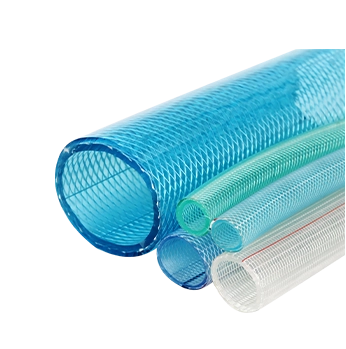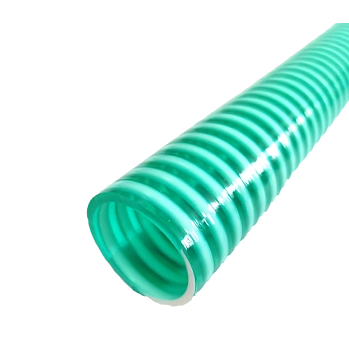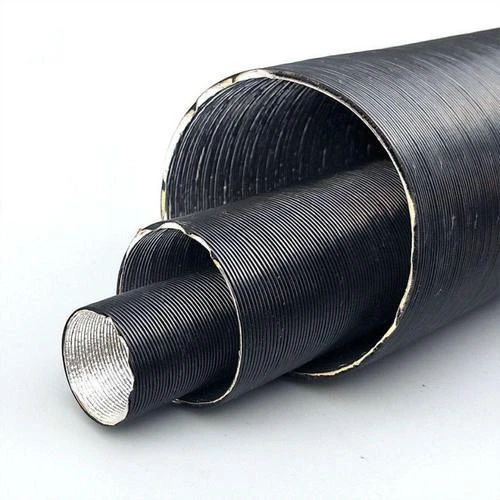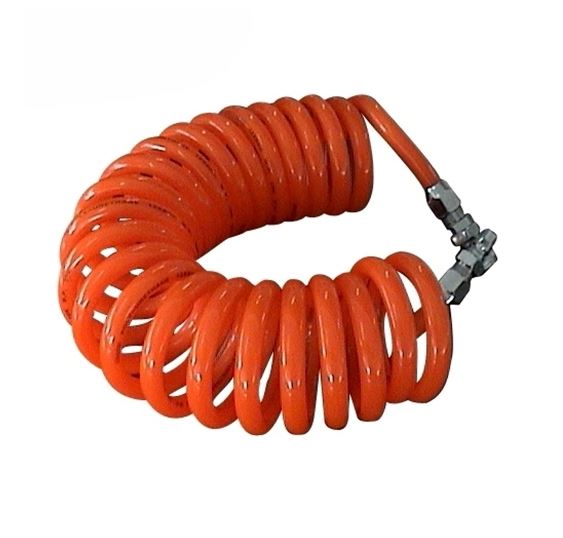PVC Flexible Hoses in Industrial Applications: A Comprehensive Overview
In the dynamic landscape of industrial equipment and ventilation systems, PVC hoses have emerged as essential components. Their versatility, durability, and adaptability make them integral in a wide range of applications. Keywords such as pvc flexible air duct hose, pvc air line hose, pvc hose sizes, pvc flexible hose size, and pvc hose temperature range highlight the diverse aspects and considerations related to these hoses, from their specific uses to the technical details that govern their performance.
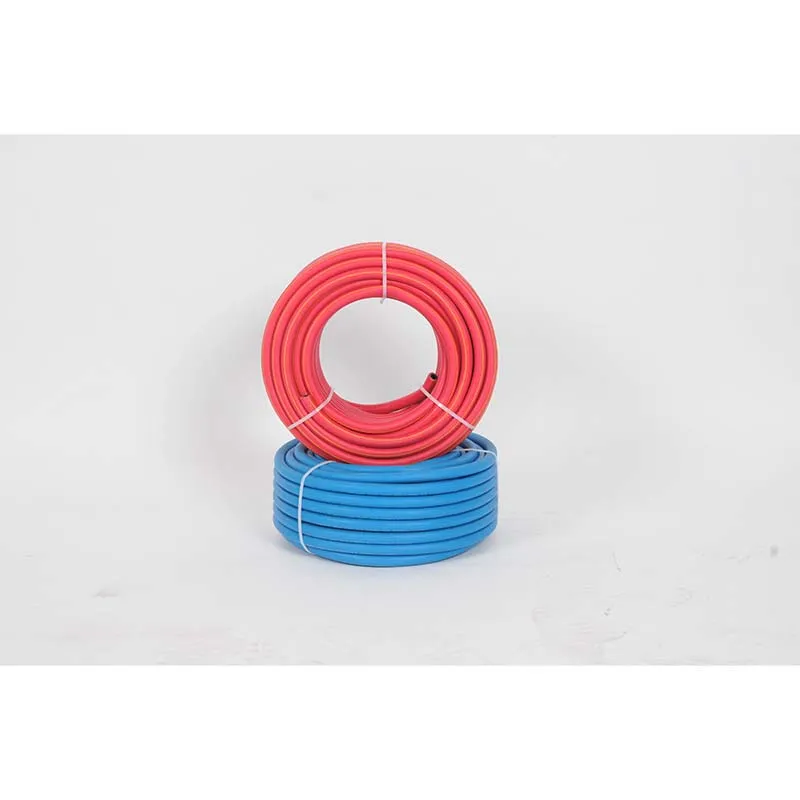
Unveiling the Functionality of PVC Flexible Air Duct Hose
In industrial ventilation and air - handling systems, the pvc flexible air duct hose plays a crucial role. These hoses are designed to facilitate the smooth transfer of air, whether for exhausting fumes, dust, or supplying fresh air. Their flexibility allows for easy installation in complex setups where rigid ducts may not be practical. For instance, in woodworking shops, pvc flexible air duct hose is often used to connect dust collection systems to various machinery. The hose can bend and twist around equipment, effectively channeling sawdust and debris away from the workspace, improving air quality and protecting the health of workers. The inner lining of these hoses is typically smooth, reducing air resistance and ensuring efficient airflow.
Exploring the Utility of PVC Air Line Hose
PVC air line hose is a key element in pneumatic systems, which rely on compressed air to power tools and equipment. In automotive repair shops, for example, pvc air line hose is used to connect air compressors to air - powered wrenches, spray guns, and other tools. These hoses are engineered to withstand the pressure exerted by compressed air while maintaining flexibility for easy handling. They are often reinforced with materials like polyester or nylon to enhance their strength and durability, preventing bursts or leaks under pressure. The lightweight nature of pvc air line hose also makes it convenient for technicians to move tools around the shop floor, increasing productivity.
Discovering the Importance of PVC Hose Sizes
Selecting the appropriate pvc hose sizes is vital for ensuring optimal performance in any application. In irrigation systems, for instance, the size of the pvc hose determines the water flow rate and pressure. A hose that is too small may restrict water flow, reducing the efficiency of the irrigation system, while a hose that is too large may lead to excessive water consumption and higher costs. Similarly, in industrial applications, the size of pvc flexible air duct hose and pvc air line hose impacts air flow and pressure. Manufacturers offer a range of sizes to accommodate different needs, and choosing the right one requires careful consideration of factors such as the volume of air or fluid to be transported, the distance it needs to travel, and the pressure requirements of the system.
Understanding PVC Flexible Hose Size Specifications
The specification of pvc flexible hose size encompasses more than just the diameter. It also includes details such as wall thickness and length. In industrial ventilation, a thicker - walled pvc flexible air duct hose may be required in environments where the hose is likely to be subjected to abrasion or physical damage. The length of the hose is another critical factor; longer hoses may be needed to reach distant equipment but can also increase pressure drop and reduce efficiency. When selecting pvc flexible hose size, it's essential to refer to the manufacturer's guidelines and technical specifications, ensuring that the hose will meet the demands of the specific application without compromising on performance or safety.
Evaluating the PVC Hose Temperature Range
The pvc hose temperature range is a key parameter that determines where and how a hose can be used. PVC hoses are designed to operate within a specific temperature range, and exceeding these limits can lead to degradation of the material. For example, in high - temperature industrial processes, using a standard pvc air line hose may cause the hose to become brittle or even melt, resulting in leaks and system failures. On the other hand, in cold environments, some PVC hoses may lose their flexibility, making them difficult to handle. Specialized PVC hoses are available with extended temperature ranges, allowing them to be used in extreme conditions, whether it's the sweltering heat of a foundry or the frigid cold of a refrigerated storage facility.
Frequently Asked Questions (FAQ) about PVC Hoses
How do I choose the right PVC flexible air duct hose for my ventilation system?
When choosing a pvc flexible air duct hose, first assess the volume and velocity of air your system needs to handle. Consider the length of the run and any bends or obstacles in the path. Look for hoses with a smooth inner lining to minimize air resistance. If the environment is prone to abrasion, select a hose with a reinforced outer layer. Also, ensure that the hose's pvc hose temperature range is suitable for the operating conditions of your ventilation system.
What factors should I consider when selecting PVC hose sizes?
For pvc hose sizes, consider the flow rate requirements of your application. Calculate the volume of fluid or air that needs to pass through the hose per unit time. Take into account the pressure drop along the hose length; longer hoses will generally have a greater pressure drop. The type of equipment connected to the hose also matters, as different devices may have specific size and pressure requirements. Additionally, consider any space constraints and the ease of installation when choosing the size.
Can a standard PVC air line hose be used in high - temperature environments?
Most standard pvc air line hose models have a limited pvc hose temperature range. Using them in high - temperature environments can cause the PVC material to degrade, leading to cracks, leaks, or loss of flexibility. It's advisable to use hoses specifically designed for high - temperature applications, which are made from heat - resistant materials or have additional thermal insulation to withstand elevated temperatures without compromising performance.
How can I determine the appropriate PVC flexible hose size for my pneumatic tools?
To find the right pvc flexible hose size for pneumatic tools, check the tool's user manual for recommended hose specifications. This usually includes the minimum inner diameter required to ensure proper air flow and pressure. Also, consider the length of hose needed to reach the tool from the air compressor. A hose that is too small in diameter may restrict air supply, reducing the tool's power, while a hose that is too large may cause unnecessary pressure drop and inefficiency.
Are there any maintenance tips for prolonging the lifespan of PVC hoses?
Regularly inspect PVC hoses for signs of wear, such as cracks, abrasions, or bulges. Avoid exposing hoses to sharp objects or excessive bending, as this can damage the material. Keep hoses clean by wiping them down with a mild detergent if they get dirty. In cold environments, store hoses indoors when not in use to prevent them from becoming brittle. If a hose is used in an environment with chemicals, ensure that the PVC material is compatible with those substances to avoid chemical degradation.
-
The Essential Role of LPG Hoses in Safe and Efficient Gas DistributionसमाचारJul.16,2025
-
The Crucial Role and Varieties of LPG Gas HosesसमाचारJul.16,2025
-
PVC Flexible Hoses in Industrial Applications: A Comprehensive OverviewसमाचारJul.16,2025
-
High - Pressure LPG Hoses - Ensuring Safety and Efficiency in Fuel TransferसमाचारJul.16,2025
-
Essential Tools for Welding Operations: Oxy - Acetylene HosesसमाचारJul.16,2025
-
Essential Connections - LP Gas Hoses and Their VariantsसमाचारJul.16,2025



